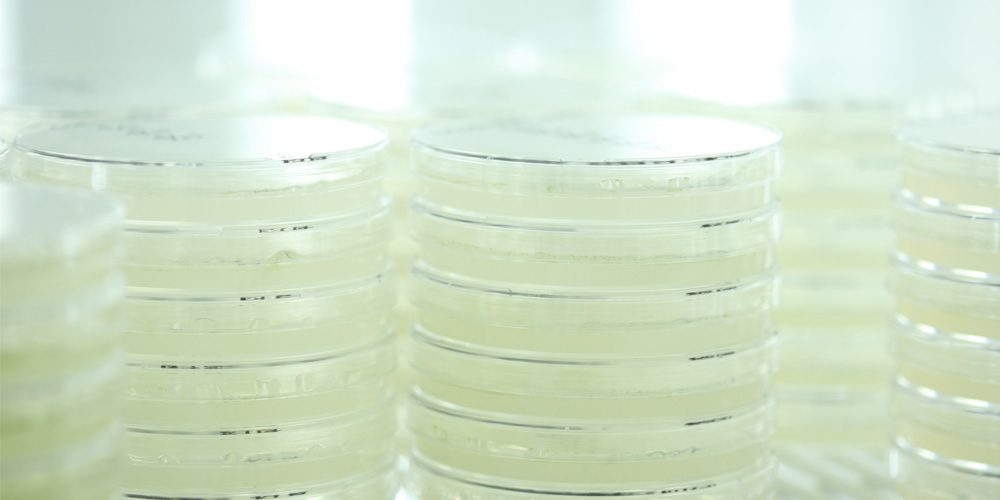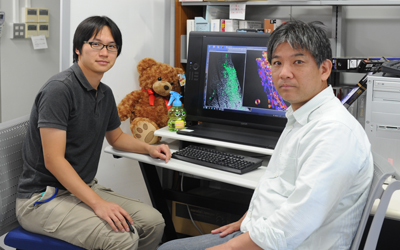
National Institute for Basic Biology




2014.11.18
Researchers in Japan have revealed the mechanism that determines the direction of the transportation of eggs in the fallopian tube.
Fallopian tubes, or oviducts, connect the ovaries and uterus. They are also the place where the egg and sperm meet and fertilization occurs, in addition the tubes have the ability to carry the eggs/embryos to the uterus. Because of these important roles they are an absolutely essential part of the reproductive system. The luminal cells of the fallopian tubes have cilia (hair-like structures) on their surfaces, and by the ciliary movement of these small hair-like structures a flow is created directed from the ovary to the uterus. This important flow carries the eggs from the ovary toward the uterus. Because of the way this system works, disruption of the ciliary movement, or the flow, causes a reduction of the transport capacity of the fallopian tube, and is one of the causes of infertility. However, the mechanism that produces this essential fallopian tube flow in a pre-determined direction has, until now, not been clearly studied.
The research group of Prof. Toshihiko Fujimori and colleagues of the National Institute for Basic Biology, a member institute of the National Institutes of Natural Sciences, in collaboration with the Kyoto University, and the Université catholique de Louvain has clarified that a protein called Celsr1 controls the shape and arrangement of cells in the epithelium (the inside walls) of the fallopian tubes and have revealed that Celsr1 is essential for proper transportation of eggs in one direction.

The research fellow Dongbo Shi and Prof. Toshihiko Fujimori